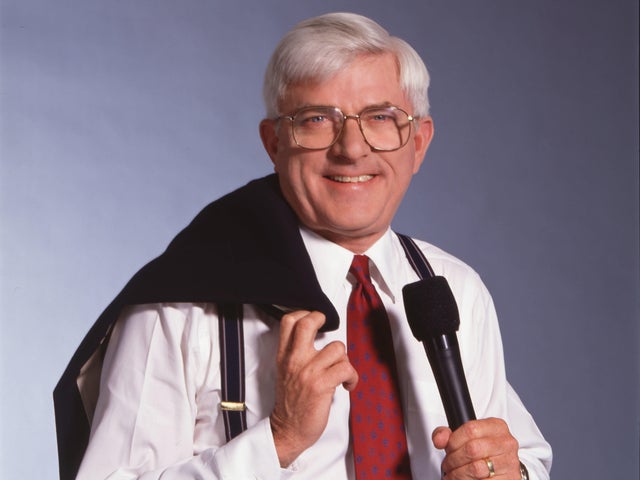August
26, 1939
First
televised Major League baseball game on station W2XBS (the station that was
to become WNBC-TV). Announcer Red
Barber called the game between the Cincinnati Reds and the Brooklyn Dodgers at
Ebbets Field in Brooklyn, New York.
At the time, television was still in its infancy. Regular programming
did not yet exist, and very few people owned television sets--there were only
about 400 in the New York area. Not until 1946 did regular network broadcasting
catch on in the United States, and only in
the mid-1950s did television sets
become more common in the American household.In 1939, the World's Fair--which was being held in New
York--became the catalyst for the historic broadcast. The television was one of
fair’s prize exhibits, and organizers believed that the Dodgers-Reds
doubleheader on August 26 was the perfect event to showcase America's grasp on
the new technology.
By today's standards, the video coverage was somewhat
crude. There were only two stationary camera angles: The first was placed down
the third base line to pick up infield throws to first, and the second was
placed high above home plate to get an extensive view of the field. It was also
difficult to capture fast-moving plays: Swinging bats looked like paper fans,
and the ball was all but invisible during pitches and hits.
Nevertheless, the experiment was a success, driving
interest in the development of television technology, particularly for sporting
events. Though baseball owners were initially concerned that televising
baseball would sap actual attendance, they soon warmed to the idea, and the
possibilities for revenue generation that came with increased exposure of the
game, including the sale of rights to air certain teams or games and television
advertising.
Today, televised sports is a multi-billion dollar
industry, with technology that gives viewers an astounding amount of visual and
audio detail. Cameras are now so precise that they can capture the way a ball
changes shape when struck by a bat, and athletes are wired to pick up
field-level and sideline conversation.
August 27, 1964
Comedian Gracie Allen died.
Burns and Allen started performing a successful
vaudeville act in the early 1920s and married in 1926. In 1932, they first
appeared on the popular radio program The Guy Lombardo Show. Audiences
loved Allen's gentle, ditzy character, and CBS launched a half-hour show, The
Adventures of Gracie, in 1934. Renamed
The Burns and Allen Show in
1936, the radio show ran until 1950, achieving Top 10 ratings almost
continually.
The
pair launched a TV series that ran from 1950 to 1958, and they appeared in more
than a dozen movies during their 35-year career together in what became one of
the most successful and beloved comedy acts in history. Allen retired after a
mild heart attack in 1958. After her death, Burns visited her grave once a
month while continuing to work in TV, theater, nightclubs, and movies. He wrote
many books, including Gracie: A Love Story, a tribute to his wife. Burns
died in 1996 at the age of 100.
August
26, 1939
First
televised Major League baseball game on station W2XBS (the station that was
to become WNBC-TV). Announcer Red
Barber called the game between the Cincinnati Reds and the Brooklyn Dodgers at
Ebbets Field in Brooklyn, New York.
In 1939, the World's Fair--which was being held in New
York--became the catalyst for the historic broadcast. The television was one of
fair’s prize exhibits, and organizers believed that the Dodgers-Reds
doubleheader on August 26 was the perfect event to showcase America's grasp on
the new technology.
By today's standards, the video coverage was somewhat
crude. There were only two stationary camera angles: The first was placed down
the third base line to pick up infield throws to first, and the second was
placed high above home plate to get an extensive view of the field. It was also
difficult to capture fast-moving plays: Swinging bats looked like paper fans,
and the ball was all but invisible during pitches and hits.
Nevertheless, the experiment was a success, driving
interest in the development of television technology, particularly for sporting
events. Though baseball owners were initially concerned that televising
baseball would sap actual attendance, they soon warmed to the idea, and the
possibilities for revenue generation that came with increased exposure of the
game, including the sale of rights to air certain teams or games and television
advertising.
Today, televised sports is a multi-billion dollar
industry, with technology that gives viewers an astounding amount of visual and
audio detail. Cameras are now so precise that they can capture the way a ball
changes shape when struck by a bat, and athletes are wired to pick up
field-level and sideline conversation.
August 27, 1964
Comedian Gracie Allen died.
Burns and Allen started performing a successful
vaudeville act in the early 1920s and married in 1926. In 1932, they first
appeared on the popular radio program The Guy Lombardo Show. Audiences
loved Allen's gentle, ditzy character, and CBS launched a half-hour show, The
Adventures of Gracie, in 1934. Renamed
The Burns and Allen Show in
1936, the radio show ran until 1950, achieving Top 10 ratings almost
continually.
The pair launched a TV series that ran from 1950 to 1958, and they appeared in more than a dozen movies during their 35-year career together in what became one of the most successful and beloved comedy acts in history. Allen retired after a mild heart attack in 1958. After her death, Burns visited her grave once a month while continuing to work in TV, theater, nightclubs, and movies. He wrote many books, including Gracie: A Love Story, a tribute to his wife. Burns died in 1996 at the age of 100.






